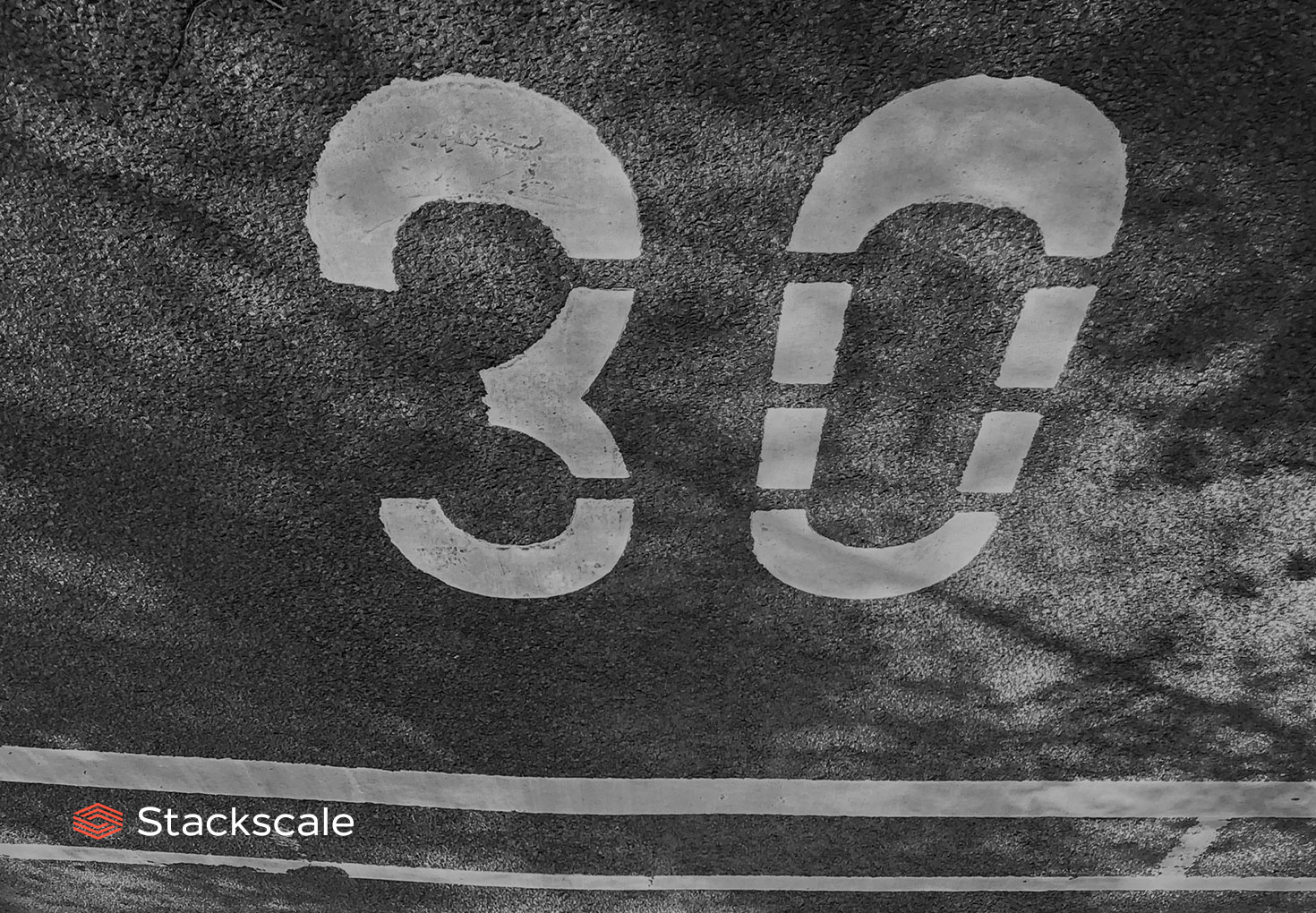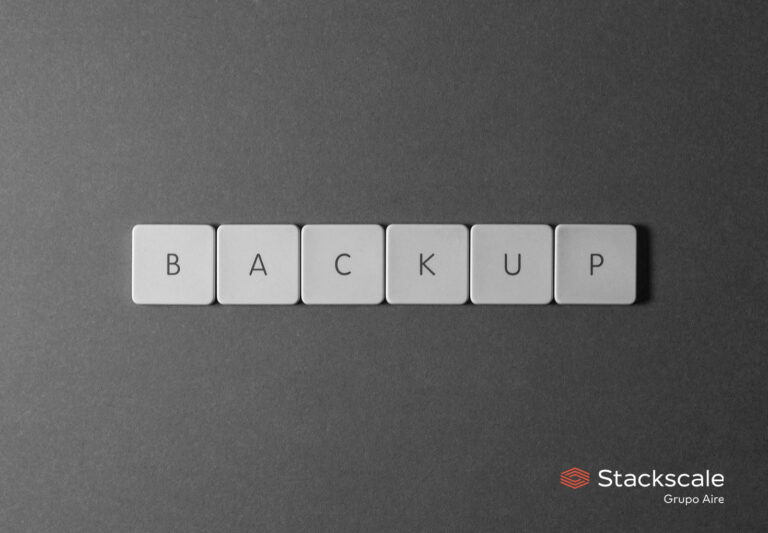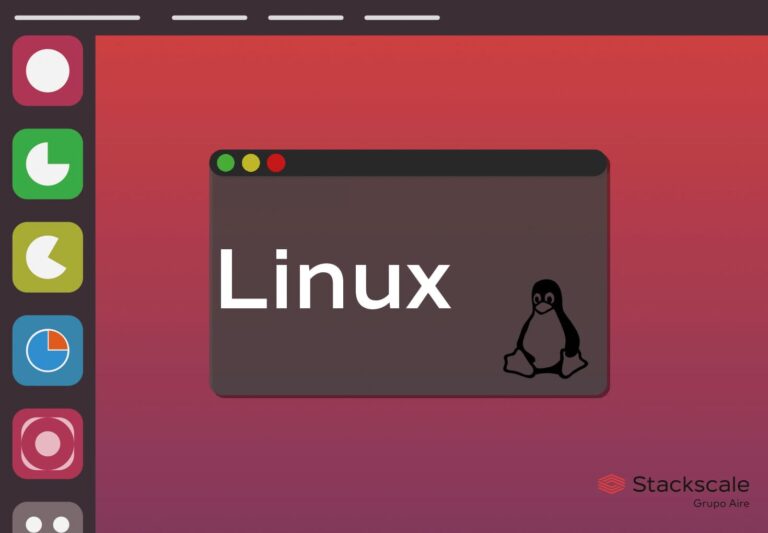September 17th, 2022 was Linux’s 31st anniversary. Linux was first released as a free operating system kernel on September 17th, 1991. What started as “just a hobby” for Linus Torvalds became the kernel of the GNU OS and one of the world’s most important operating systems.
Linux’s history from 1991 to 2022
Linus Torvalds was studying computer science at University of Helsinki when he started working on the project that would later become the Linux kernel. On August 25th, 1991, it was the first time he announced he was working on the Linux kernel project. Linus Torvalds asked for feedback for its project on the “comp.os.minix” Usenet group. By then, he presented Linux as “just a hobby”:
“I’m doing a (free) operating system (just a hobby, won’t be big and professional like gnu) for 386(486) AT clones. This has been brewing since April, and is starting to get ready. I’d like any feedback on things people like/dislike in minix, as my OS resembles it somewhat (same physical layout of the file-system (due to practical reasons) among other things). […] Any suggestions are welcome, but I won’t promise I’ll implement them :-).”
— Linus Torvalds
Linus started by developing a simple kernel for a Unix-like OS running on an Intel 386 processor. However, after its release on September 17th, 1991 thousands of contributors helped it evolve; both the kernel and the operating system built on top of it. Linux became an example of collaborative work and proved that a free software developed by thousands of volunteers can be as powerful as a commercial one.
Linux license
Although first published with its own license, from Linux 0.99 — released in December 1992 — forward, the Linux kernel was licensed under the GNU General Public License (GNU GPL). From then on, with the objective of building a fully functional, free operating system, GNU and Linux developers worked together to integrate GNU components with Linux. By 1993, over 100 developers were already working on the kernel. Linus Torvalds’ hobby became the GNU project’s kernel and a tech revolution. GNU Linux is currently licensed under the GNU GPLv2.
FSG, OSDL and the Linux Foundation
In order to prevent fragmentation of the Linux market as well as to promote open source adoption, diverse organizations have been created over these decades. In 1998, the non-profit consortium Free Standards Group (FSG) was founded to drive the adoption of open source standards. In 2000, the non-profit organization Open Source Development Lab (OSDL) was created to optimize Linux for its usage in data centers and among carriers; with the Carrier Grade Linux’s set of specifications. In 2007, these non-profit organizations, FSG and OSDL, joined forces under another non-profit consortium: the Linux Foundation.
“The Linux Foundation has been founded to help close the gap between open source and proprietary platforms, while sustaining the openness, freedom of choice and technical superiority inherent in open source software.”
Linux distributions
The first Linux distributions were created in 1992. Some of those first distributions are MCC Interim Linux and Softlanding Linux System. In 1993, Slackware — an early distribution that has been maintained until 2016 — was released and the Debian project was founded. Debian is the largest community distribution nowadays. One year later, in 1994, Red Hat and SUSE also published the first version of their commercial Linux distributions. Nowadays, there are almost a thousand distributions. Rocky Linux and AlmaLinux are two of the latest open source distributions.
From Freax to Linux
As a curiosity, Linus Torvalds wanted to call his kernel “Freax” — a combination of “free”, “freak” and the “x” which is commonly used to name Unix-like projects. In fact, Linus used that name for naming his files. However, when he started to upload the files to the FTP server of FUNET in September 1991 in order to make development easier, a volunteer administrator for the FTP server at Helsinki University of Technology did not find “Freax” appropriate and changed it for “Linux”. You can check further details about Linux’s naming on Wikipedia.
Linux kernel versions from 1991 to 2022
The Linux kernel is a free, open source, monolithic and Unix-like operating system kernel. The Linux OS family is based on this kernel, which dominates almost every segment of computing, from mobile devices to mainframes, and even the world’s most powerful supercomputers.
Linux 0.x
| Version | Release date |
|---|---|
| Linux 0.01 | September 1991 |
| Linux 0.02 | October 1991 |
| Linux 0.10 | November 1991 |
| Linux 0.95 | March 1992 |
| Linux 0.96 | May 1992 |
| Linux 0.97 | August 1992 |
| Linux 0.98 | September 1992 |
| Linux 0.99 | December 1992 |
Linux 1.x
| Version | Release date |
|---|---|
| Linux 1.0 | March 1994 |
| 1.1 | April 1994 |
| 1.2 | March 1995 |
| 1.3 | April 1995 |
Linux 2.x.y
| Version | Release date |
|---|---|
| Linux pre2.0 | May 1996 |
| Linux 2.0 | June 1996 |
| 2.2 | January 1999 |
| 2.4 | January 2001 |
| 2.6 | December 2003 |
| 2.6.11 | March 2005 |
| 2.6.12 | June 2005 |
| 2.6.13 | August 2005 |
| 2.6.14 | October 2005 |
| 2.6.15 | January 2006 |
| 2.6.16 | March 2006 |
| 2.6.17 | June 2006 |
| 2.6.18 | September 2006 |
| 2.6.19 | November 2006 |
| 2.6.20 | February 2007 |
| 2.6.21 | April 2007 |
| 2.6.22 | July 2007 |
| 2.6.23 | October 2007 |
| 2.6.24 | January 2008 |
| 2.6.25 | April 2008 |
| 2.6.26 | July 2008 |
| 2.6.27 | October 2008 |
| 2.6.28 | December 2008 |
| 2.6.29 | March 2009 |
| 2.6.30 | June 2009 |
| 2.6.31 | September 2009 |
| 2.6.32 | December 2009 |
| 2.6.33 | February 2010 |
| 2.6.34 | May 2010 |
| 2.6.35 | August 2010 |
| 2.6.36 | October 2010 |
| 2.6.37 | January 2011 |
| 2.6.38 | March 2011 |
| 2.6.39 | May 2011 |
Linux 3.x.y
| Version | Release date |
|---|---|
| Linux 3.0 | July 2011 |
| 3.1 | October 2011 |
| 3.2 | January 2012 |
| 3.3 | March 2012 |
| 3.4 | May 2012 |
| 3.5 | July 2012 |
| 3.6 | September 2012 |
| 3.7 | December 2012 |
| 3.8 | February 2013 |
| 3.9 | April 2013 |
| 3.10 | June 2013 |
| 3.11 | September 2013 |
| 3.12 | November 2013 |
| 3.13 | January 2014 |
| 3.14 | March 2014 |
| 3.15 | June 2014 |
| 3.16 | August 2014 |
| 3.17 | October 2014 |
| 3.18 | December 2014 |
| 3.19 | February 2015 |
Linux 4.x.y
| Version | Release date |
|---|---|
| Linux 4.0 | April 2015 |
| 4.1 | June 2015 |
| 4.2 | August 2015 |
| 4.3 | November 2015 |
| 4.4 | January 2016 |
| 4.5 | March 2016 |
| 4.6 | May 2016 |
| 4.7 | July 2016 |
| 4.8 | September 2016 |
| 4.9 | December 2016 |
| 4.10 | February 2017 |
| 4.11 | April 2017 |
| 4.12 | July 2017 |
| 4.13 | September 2017 |
| 4.14 | November 2017 |
| 4.15 | January 2018 |
| 4.16 | April 2018 |
| 4.17 | June 2018 |
| 4.18 | August 2018 |
| 4.19 | October 2018 |
| 4.20 | December 2018 |
Linux 5.x.y
| Version | Release date |
|---|---|
| Linux 5.0 | March 2019 |
| 5.1 | May 2019 |
| 5.2 | July 2019 |
| 5.3 | September 2019 |
| 5.4 | November 2019 |
| 5.5 | January 2020 |
| 5.6 | March 2020 |
| 5.7 | May 2020 |
| Linux 5.8 | August 2020 |
| 5.9 | October 2020 |
| 5.10 | December 2020 |
| 5.11 | February 2021 |
| 5.12 | April 2021 |
| 5.13 | June 2021 |
| 5.14 | August 2021 |
| 5.15 | October 2021 |
| 5.16 | January 2022 |
| 5.17 | March 2022 |
| 5.18 | May 2022 |
| 5.19 | September 2022 |
Linux 6.x.y
| Version | Release date |
| Linux 6.0rc | August 2022 |
| Linux 6.0 | October 2022 |
| 6.1 | December 2022 |
| 6.2 | February 2023 |
You can find further details about Linux kernel versions in Wikipedia’s Linux kernel version history entry.
Minix influence
Although inspired by Minix, Linux was designed without using code from Minix, as Linus Torvalds explains in his Notes for Linux release 0.01:
“This is a free minix-like kernel for i386(+) based AT-machines. […] Although linux is a complete kernel, and uses no code from minix or other sources, almost none of the support routines have yet been coded.”
— Linus Torvalds
You can find more details about Minix’s influence on Linux on Wikipedia.




